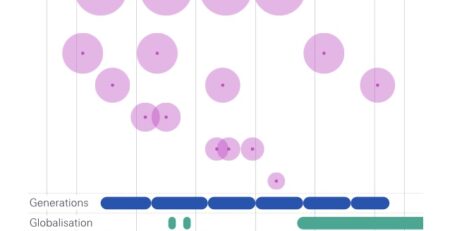Understanding the dynamics of labor income inequality in Latin America
By Carlos Rodriguez Castelan, Luis Felipe Lopez-Calva, Nora Lustig & Daniel Valderrama
Since the early 2000s, after a long period of wide and persistent gaps, Latin America has experienced a steady decline in income inequality. This paper presents evidence of a trend reversal in labor income inequality, which is considered the main factor behind such a decline in income inequality across the region. The analysis shows that, while labor income inequality increased during the 1990s, with heterogeneous experiences across countries, it fell in a synchronized way across countries beginning in the early 2000s. This systematic decline was supported by an expansion in real hourly earnings among the bottom of the wage distribution and, to a lesser extent, the middle part of the earnings distribution, thus reducing upper and lower tail inequality. This trend reversal is explained by a lower dispersion of earnings among workers with observable different attributes and by a much less extensive dispersion of residual labor inequality. Regarding the earnings differentials among workers with observable different attributes, the analysis concludes that the decline in labor inequality in Latin America has been closely associated with a reduction in the college/primary education premium and in the urban-rural earnings gap, coupled with a steady drop in the high school/primary education premium, which accelerated markedly since the 2000s, as well as a reduction in the experience premium across all age groups.
Full Content: The World Bank










